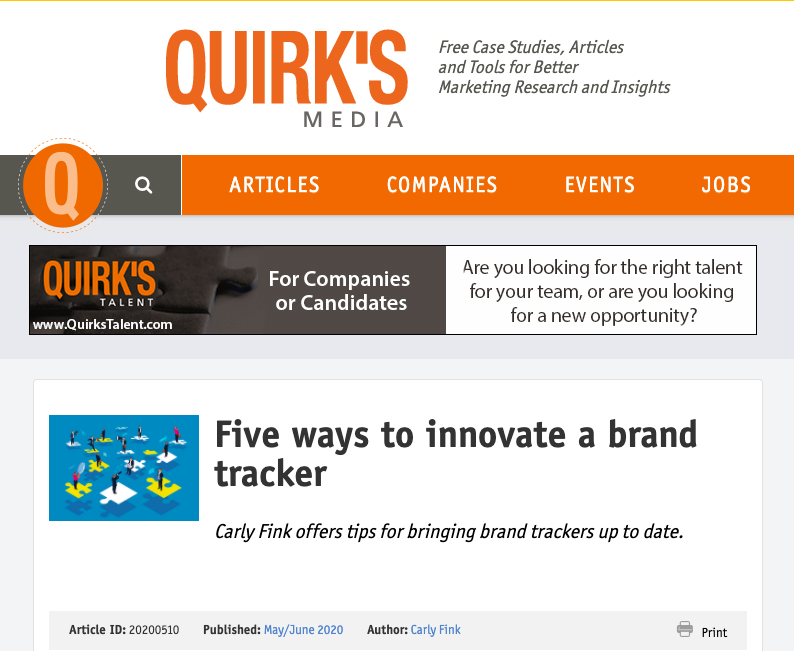Retaining a customer is five times cheaper than acquiring a new customer – that is why brand loyalty is crucial. While we know its value, how do you measure brand loyalty? Often by using the measuring technique, Net Promoter Score (NPS), is an important indicator of success.
NPS is a rating on a scale from -100 to 100. It informs how likely a consumer is to recommend a product or service to a colleague or a friend. This powerful number has a surprising history and can go a long way to inform brand strategy.
History of NPS
In a 2003 article for Harvard Business Review, Net Promoter Score was devised by Frank Reichheld, a fellow of the consultancy firm Bain & Company. He also continued his exploration of and correlation to success in the book The Ultimate Question 2.0 (co-authored with fellow Bain & Company employee Rob Markey).
What makes this score so important? To paraphrase what Reichheld wrote in his original article;
Loyalty by a customer is about more than just reoccurring purchasing. Even if someone buys over and over, they may not be loyal. They might be doing so out of indifference or barriers to exit.
For this reason, loyalty must be measured by recommendation. A loyal customer will not only re-purchase but they will promote the brand among friends, family, and colleagues. By doing so, they are not only saying they will re-purchase, but they are putting their reputations on the line.
NPS asks about likelihood to recommend. In other words, NPS measures not just whether a customer is buying a product consistently, but if they feel strongly enough about the product to risk how others view them to recommend the product or service. It’s both an indicator of brand usage and resonance.
What Makes NPS Beneficial
Reichheld links the score to company growth and success. NPS is a great company indicator, and it’s also a yardstick to compare to competitors and other industries. Understanding your own brand’s Net Promoter Score compared to direct competitors can show how you stack up in terms of loyalty.
In addition to just your competitors, it’s essential to see how your industry’s NPS stacks up to other sectors to get a full contextual understanding of not only loyalty to your brand but relative to other brands/industries. For example, cable companies often rate much lower on average than other businesses, so a cable company may have a particularly low NPS but it may be higher than competitors. Knowing where it places among competitors and then among other industries allows for a fuller picture.
Calculation of Net Promoter Score
To calculate a brand’s net promoter score, respondents are asked to rate how likely they are to recommend the product/service to a friend or colleague on a scale of 0 to 10. After the data is collected, answers are grouped into three; detractors (answered 0 to 6), passives (answered 7 or 8), and promoters (answered 9 or 10). Further, the percentage of respondents who are detractors is subtracted from the percentage of promoters. Finally, that percentage is taken as a whole number, giving us an NPS.
Ways to Utilize NPS
One way to utilize NPS changes is by conducting a benchmark study to highlight how a brand is either progressing/regressing. An annual tracker that highlights Net Promoter Score for both the brand and its competitors gives a great view of changes in the market. Just the score itself is a view into how brands stack up.
What drives the score is essential to understand. Often, areas of the company, such as purchase process, customer service, and different product/service attributes, impact the score. By analyzing multiple attributes for your brand and the competition, you can tell what your brand is doing better and worse among the competition. You can also conduct correlations to determine what is driving each score.
Another way to use NPS is to isolate high propensity users based on demographics/answers to other questions in your survey. For example, maybe your company performs better among users from urban areas instead of suburban. Or possibly, if your product is online software, those that primarily use your software for one feature rate you higher or lower. Or even if users had issues signing up for your product, how that affects NPS, and if a big enough group of people are affecting your score due to one issue. This is the power of NPS.
NPS is a robust market research tool that can be used in conjunction with others. It is not the be-all and end-all, but it can help your company spot issues upfront and increase loyalty.
If your company is interested in an NPS study or other market research, please reach out to [email protected], and we will be happy to schedule a call to discuss the research objectives with you.
In addition, check out Provoke Insights research services here.
Read some of our recent case studies and blogs here:
- COVID-19 and Conducting Market Research
- Sunpower: An NPS and Competitive Assessment Study
- Segmentation and Finding Your Target Audience
If you want to, Sign up for our newsletters here!
and finally, Follow our social media accounts:
Twitter: https://twitter.com/provokeinsights












